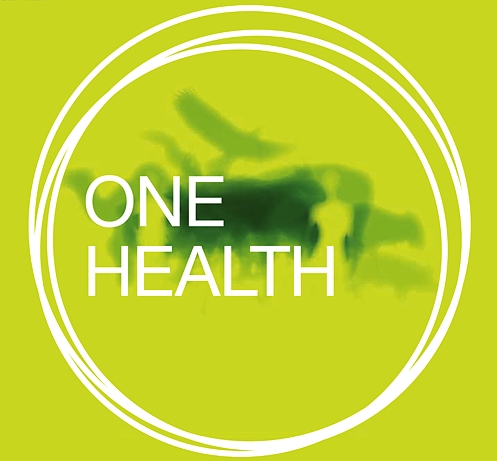One Health
Head of the Division: Dr. Panneer D, Scientist- C
Health is a continuum of being. Inter-sectional coordination is one of the cornerstones of Primary Health Care. Living in a shared eco-system; many of the diseases that affect us also affect animals and vice versa. The potential for new infections from various biomes is ever-present. Thus, a unified approach to address the range of health concerns from environmental to zoonotic takes on greater importance. The preservation and monitoring of the Human-Animal-Ecosystem Interface are essential to maintaining health and wellness in a global scenario.
'One Health' is an approach to designing and implementing programs, policies, legislation, and research in which multiple sectors communicate and work together to achieve better public health outcomes. (WHO) The relevant areas of work in healthcare include control of zoonotic diseases, food safety, and combatting antimicrobial resistance.
The Unit of One Health at ICMR-VCRC, Puducherry is committed to research leadership with a targeted approach. We are a team of scholars, veterinarians, and doctors committed to exploring zoonotic diseases and multidisciplinary control measures. Equipped with a state-of-the-art laboratory, the UOH is leading the research on neglected tropical diseases that are vector-borne zoonoses affecting thousands of people annually
Objectives
1.To understand the interdependence of human health with animal health and ecosystems.
2.To investigate the epidemics of vector borne zoonotic diseases using an interdisciplinary and collaborative approach
3.To develop diagnostic tools for surveillance and diagnosis of vector-borne zoonotic diseases
4.To impart training and capacity building in One Health
Research Areas
Vector borne zoonotic diseases of public health importance, Acute undifferentiated febrile illness, Scrub Typhus- development of molecular and immunological diagnostics. Epidemiology of Tick-borne infections, neglected, emerging and re-emerging zoonoses.

